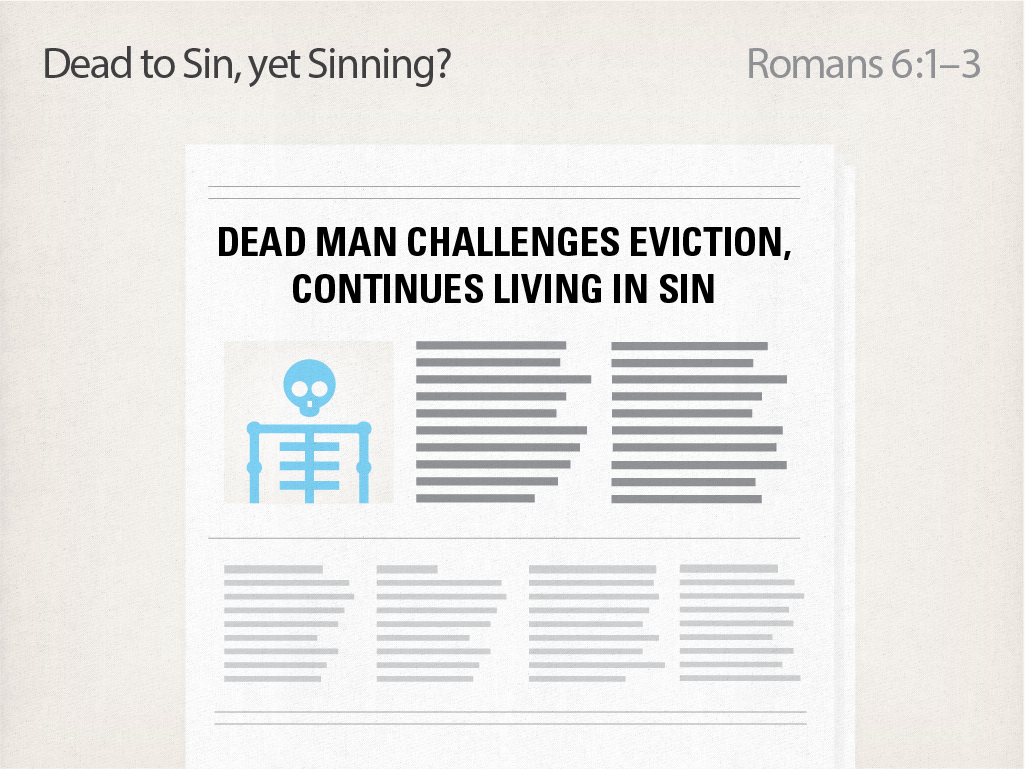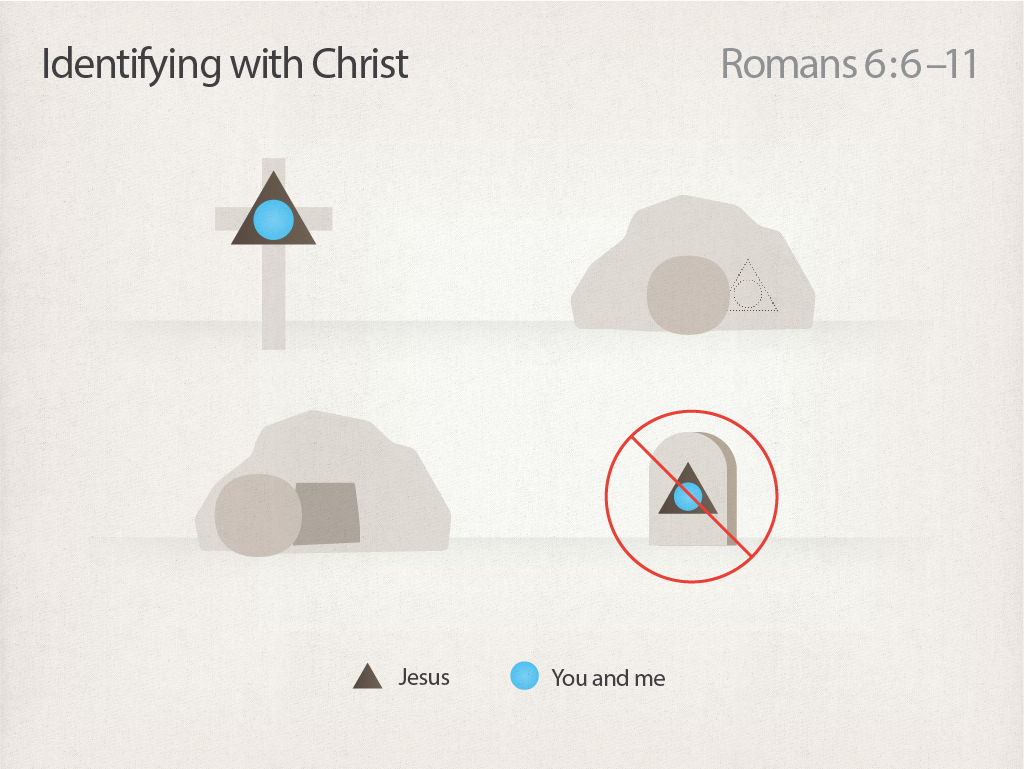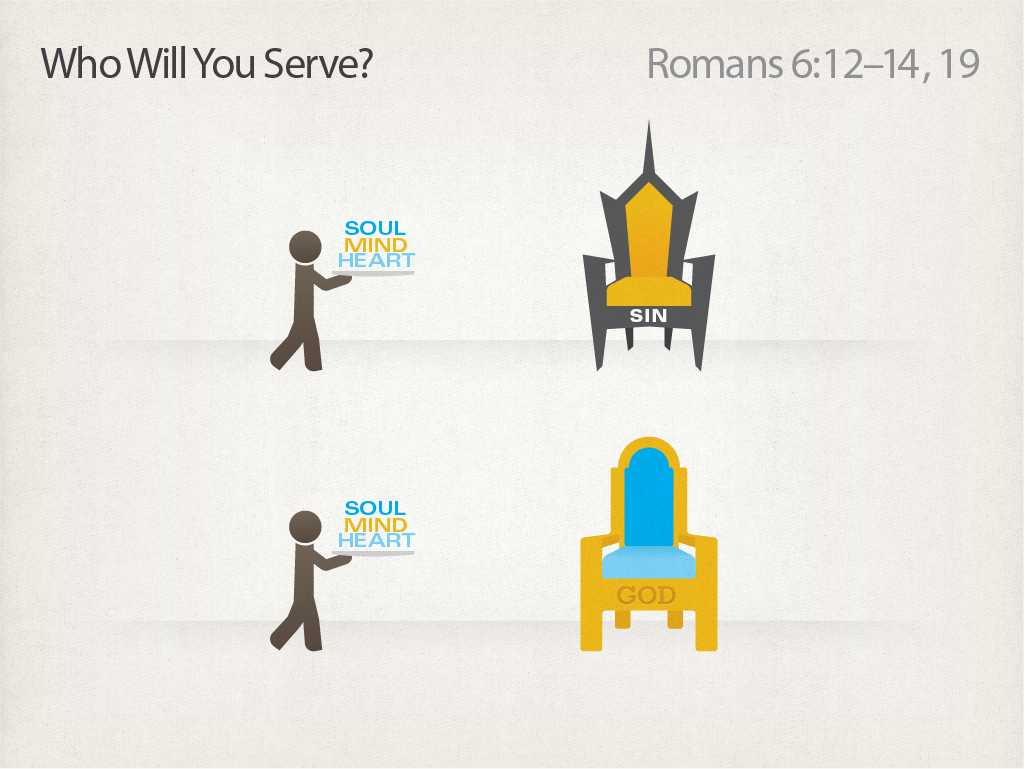Readers here at Naked Bible recall that I’ve blogged before about the different types of commentaries. I only recommend commentaries that engage the text.
Unfortunately, many commentaries that engage the text are filled with ancient language words and phrase and technical jargon. That’s fine if you’ve been to a decent seminary or have bothered to learn at least a year of Greek and Hebrew. But even for those of us who have the necessary background, sometimes you just want a commentary that helps you follow the argument of the author.
That is precisely the aim of the HDNT series: Tell me what the writer is saying, why he says it, and how his wording accomplishes his goals.
The HDNT is the brainchild and output of my colleage, Steve Runge. Steve is a rising star in the upper echelons of Greek grammar and how linguistic approaches to Greek matter for interpretation. Each volume of the HDNT is linguistically-grammatically informed at every step. But you’d never know that from reading the prose of the HDNT. All the technical jargon and grammar-speak has been removed by design. Steve’s commentary is based on his analysis of the discourse features of the Greek text, but he doesn’t burden readers with any of that.
In other words, in the HDNT you get something that is exegetically informed but it’s readable. What a concept! What’s more, Steve has worked hard to provide visuals that illustrate important points throughout the biblical book in focus. In the Logos format, those slides can be exported into PowerPoint.
The HDNT is a series in progress. The Romans volume just recently became available. It was preceded by Philippians. Either commentary can be purchased for 15% off until Oct. 20, 2014 using the coupon code HighDefCom.
Here’s a sampling:
Romans 6:1-14
In Romans 5, Paul provided a great exposition on sin. It began with the inconceivability of someone being willing to die on our behalf (5:6–8) and went on to explore the origins and consequences of sin and the gift of grace that turned a new page for all of us (5:12–21). After learning all the devastating consequences of sin and the prospects of abounding grace, you’d think people would turn their backs on sin forever. But if we honestly examine why we sin, we realize the origin can be traced at least in part to some sort of desire (Jas 1:13–14). There is something about sin—something pleasing that draws us. As we’ll see later in Romans 7, we still have to contend with the desires of the flesh. Even after we accept God’s gift of grace and are reconciled, we must still choose to reject sin and devote ourselves to God.
The power of our sinful nature and the desire that stems from it can lead us to rationalize why continuing in this destructive behavior can accomplish something positive. Paul seeks to head off this kind of argument in this first section of Romans 6. We learned in 5:20 that as sin increases, grace abounds all the more—and this leads to an excuse whereby continuing in sin allows the grace of God to multiply. Sound plausible?
Paul highlights a fundamental difference between life and death here in his discussion of baptism. When something is alive, it has the power and ability to do whatever it was created to do. When something is dead, it loses any power or capability. It is impossible for it to do anything but be dead. Paul uses this principle about death to help us understand the significance of baptism. Baptism is a picture of death—a picture of dying with Christ and being buried, but then rising up into a new life.
Don’t miss this important point about the power of sin in a believer’s life. By dying with Christ, our body that used to be devoted to sin dies. The significance of being raised with Christ is that we no longer are enslaved to sin. This is Paul’s point in verses 1–2. If we have died to sin, how can we live in it anymore?
Dead to Sin, yet Sinning? Paul answers the rhetorical question about continuing to sin by asking an oxymoronic question: How can we who have died to sin go on living in it? If we have indeed died, then there is no option but to move out of the old house of sin we used to live in.
Paul makes the same point in Galatians 2:19–20: “I have been crucified with Christ, and I no longer live, but Christ lives in me, and that life I now live in the flesh, I live by faith in the Son of God, who loved me and gave himself for me.” Figuratively, if we crucify our old self, we vacate the old place in which we used to live—our body devoted to sinning. Instead, we have a new life, which is Christ living in us. So why would we want to go back to a horrible life of guilt, shame, and impending judgment? This is precisely Paul’s point here in Romans 6. If we find ourselves tempted to return to old ways—despite knowing the outcome—we need to remember that the old life is dead. And if it is dead, then how can we go back and live in it? Paul reveals the lunacy of this way of thinking.
“Absence makes the heart grow fonder,” the saying goes. Unfortunately, looking back on past sins, I know this to be true in my own life. I tend to forget the consequences and remember the appeal. Paul reminds us of the horrific consequences of sin to avert any heart-growing-fonder notions about going back. In 6:4–5, he tells us that if we have been identified with Christ in His death, then we will be identified with Him in life. When we were still His enemies, God went to all this effort to redeem us and to give us hope; we would be crazy to devote any thought to going back. Death is forever, with no option for return, and this is precisely how Paul wants us to view our old, sinful life. We are redeemed believers in Christ, and we need to leave sin behind and quash any fond feelings from reemerging.
It can be difficult to wrap our minds around identification with Christ. Although God’s gift of redemption frees us to serve Him, we still face the problem of our mortal bodies’ inclination toward sin. When Jesus died and was raised from the dead, death no longer had power over Him. Baptism is to have the same effect on us by identifying us with Christ in life. Baptism is a picture of our identity with Christ. Just as He died, so we die with Him—buried, as it were, in the water. And just as He was raised, so we are raised from the water to a new life in Him. The only hope we have of living in freedom from sin is to die to it. Since we aren’t going to physically die (at least not yet), identifying ourselves with Jesus’ death and resurrection is the key to overcoming the power of sin in our present, fallen state.
Identifying with Christ: Jesus’ crucifixion, burial, and resurrection accomplished much more than forgiveness for those who believe. As we identify ourselves with Jesus, we figuratively go through the same process. Our old sinful self has been crucified and buried with Jesus, raised again to newness of life. The end goal of this identification is to consider ourselves dead to sin, but alive to God (Rom 6:11).
Identifying ourselves with Christ trumps the “What Would Jesus Do” question. It prompts us to ask “What did Jesus do?” He allowed His physical body to die on the cross even though He owed no penalty for sin. He paid our penalty instead. To truly conquer sin and the death sentence it requires, Jesus had to conquer death as well. His physical resurrection in a new body meant He would not die again. Period. Remember, death is a consequence of sin, not just of having a body. If the body is without sin (like Adam and Eve were before the fall), then there is nothing to fear about death. Since all have sinned, the point is that after we have physically died to sin and received a new body like Christ’s, we have no reason to fear death as a consequence of sin. Although the act of baptism is not required for salvation, by identifying ourselves with Christ’s death and resurrection through baptism, we can experience victory over sin as we allow Him to live through us.
In verse 12, Paul provides a summary conclusion for the chapter thus far. Read very closely here. Paul’s command is to not let sin reign in your mortal bodies. Two key words are underlined. Paul does not declare that sin will no longer reign in our mortal bodies; sin does reign in our mortal bodies, without any hope for change apart from Christ. Even as redeemed believers in Jesus, we must still contend with the ongoing presence of sin in our bodies. Paul refers to our mortal bodies because he anticipates a day when we will receive new, immortal bodies, like Jesus did. Only then will sin truly be dead. Until that day, the power of sin is still present in our flesh. The only question is how we respond to it: whether we give it power it no longer has, or whether we allow Christ to live in us and put to death the deeds of the flesh.
As we await these immortal bodies, God’s indwelling Spirit not only redeems us, but also empowers us to live free from the bondage of sin. Sin may still dwell in our bodies, but we have a choice as to whom we will serve.
Who Will You Serve? Even though believers have been set free from slavery to sin, we must still contend with our mortal body’s inclination toward sin until Jesus returns to complete the redemption of creation (Rom 8:23–24). Thus we have a choice to make about whom we will serve. Will we allow sin to reign in our mortal bodies, and thus serve sin, or will we present ourselves to God as instruments of righteousness. Who are you going to serve?
You see, if we go back to obeying sin’s desires, it means we allow it to reign in our bodies. The old desires will still be present, but we are no longer enslaved to them. The exhortations in 6:13 outline three steps we must take, actions we must do or refuse to do. First, when sin calls to us, we must stop reporting for duty! We died to sin, so let’s not go back. Instead—second—we are to offer ourselves to God as those who are alive and free from sin. Third, we are no longer to offer our body parts in service of sin, but to use them as instruments of righteousness.
Think about the last news story you heard about a person narrowly escaping death. Remember how thankful they were, how that experience changed their lives and priorities? A new life provides an opportunity for a fresh start. Paul explains how this is possible in 6:14. When we lived under the law, the law magnified the problem of sin. But now we live under grace, and that grace abounds to address our ongoing struggle with sin. Paul is not saying this gives us a green light to go off and multiply sin so that grace will multiply too (remember 6:1?) Grace makes this new life possible—as long as we choose to offer ourselves completely in service to God rather than to sin.
Romans and Philippians can be purchased for 15% off until Oct. 20, 2014 using the coupon code HighDefCom.
For those who want to see Steve’s discourse mark-up that was the basis for the HDNT (viewed in an English translation, the ESV, not Greek), there is the High Definition New Testament (3 vols).
The High Definition Old Testament recently went on sale as well (also viewed in the ESV, not a Hebrew text). It can be ordered at a steep discount until October 20. Because Steve’s approach is cross-linguistic, it applies to both Greek and Hebrew. That means you get consistent analysis across the testaments.
Both links above provide video introductions to the resources.








Been waiting and looking for something like this, thanks for the heads up.